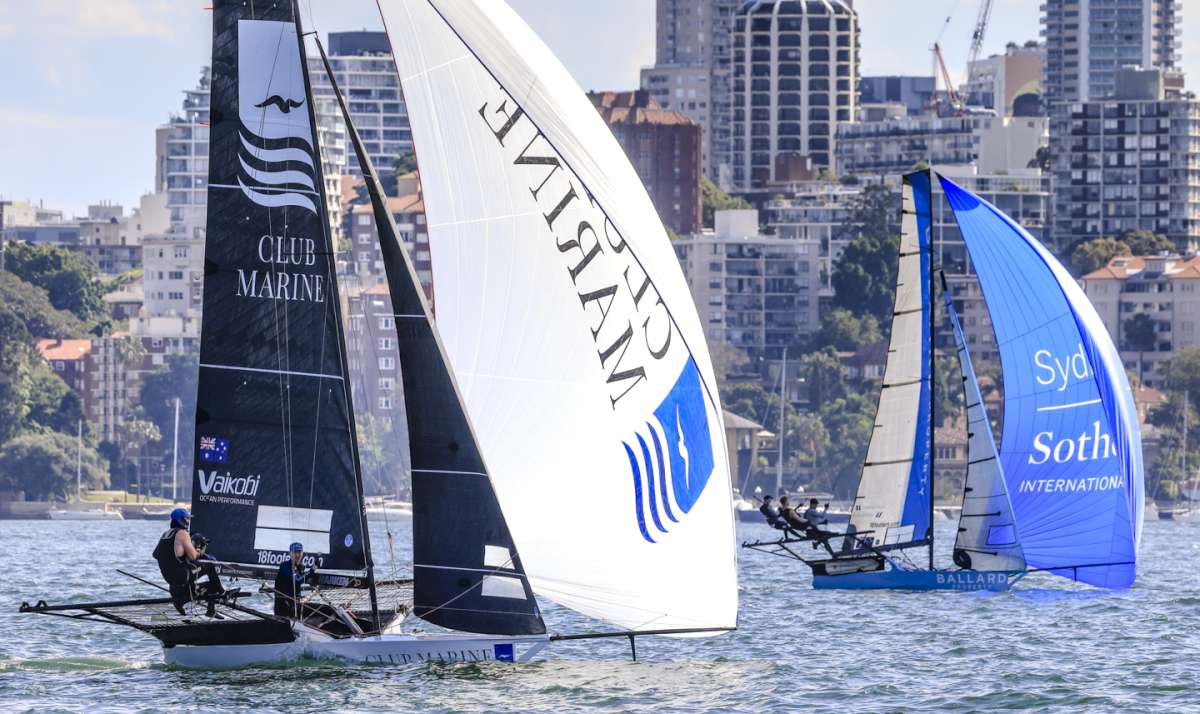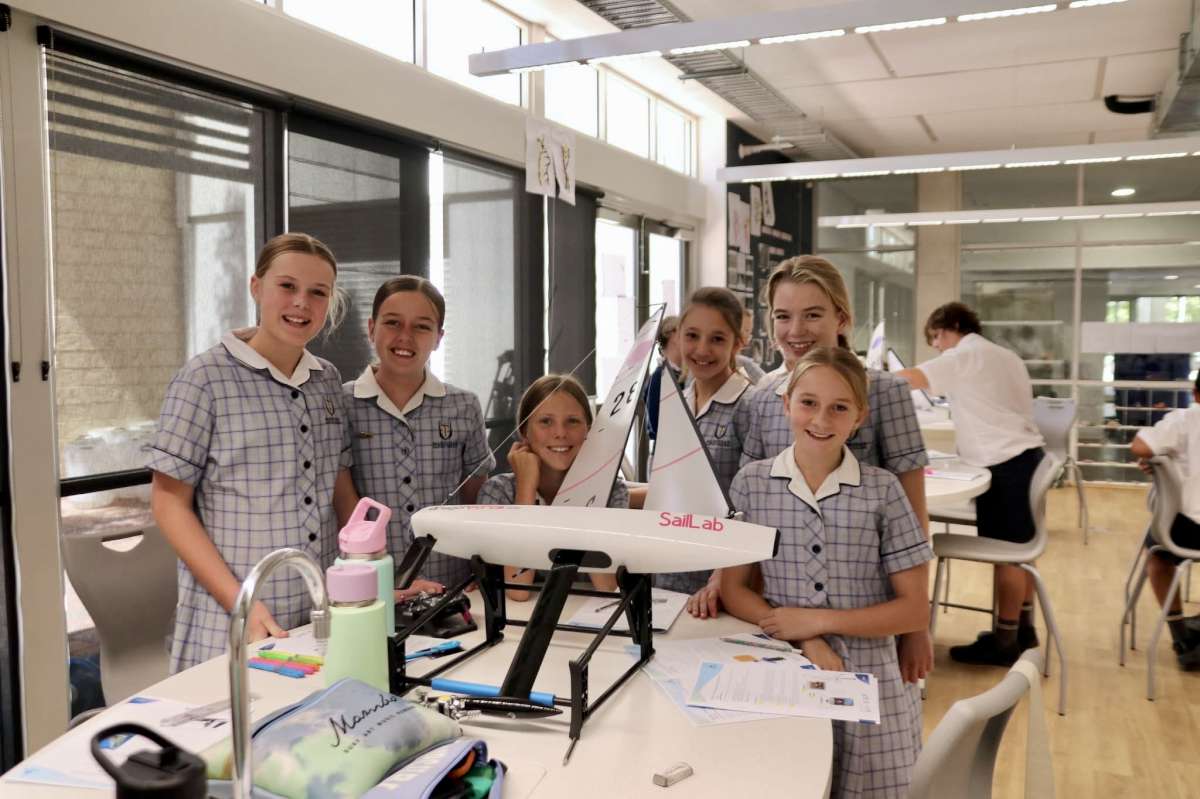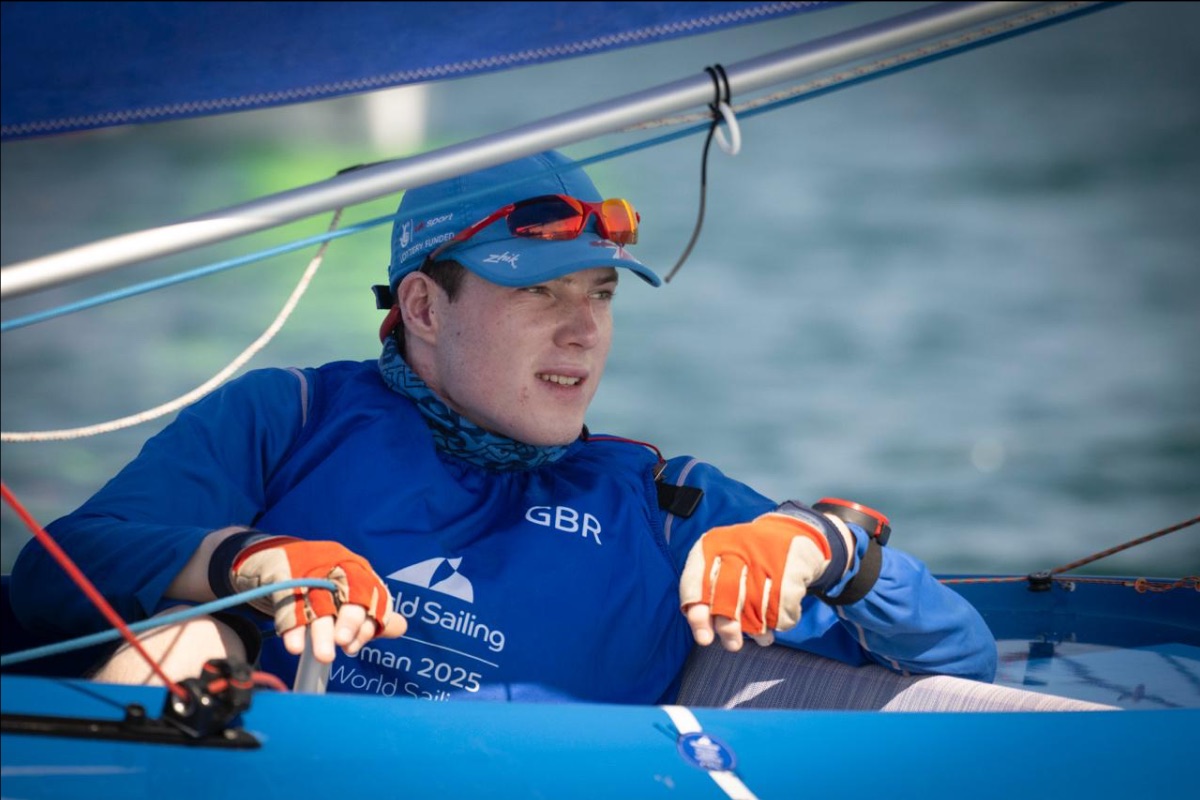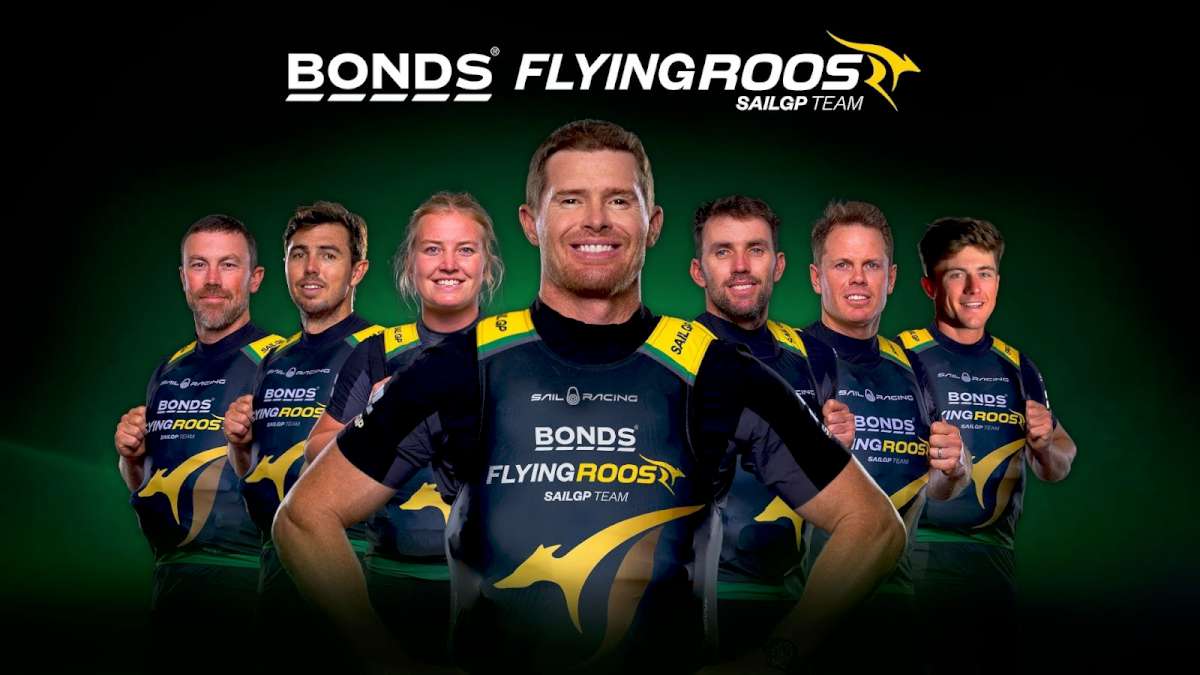Where to next? Jim and I had sailed across the South Pacific, spent two seasons in New Zealand and Vanuatu and were in Australia.
From this point, most crews head north to Darwin, join a rally to sail through the red tape of Indonesia and continue on to Malaysia, Singapore or Thailand. There they can circle back to Australia, continue sailing west to South Africa or ship their boat into the Mediterranean.
We are not big on rallies and exploring new places with dozens of other boats to see traditional life staged for our benefit appeals to us even less. We are not sure how to proceed until friends suggest sailing through the remote islands of Papua New Guinea. Although PNG has a reputation for violence, they assure us these stops will be safe.
Papua New Guinea. The name conjures up images of fierce warriors, headhunters and cannibals dressed in paint, jute, feathers and shells living in huts deep in the jungle. What would these isolated islands be like?
One week, another life away
Five days and 1,100 kilometres after leaving Cairns we reach Panasia in the Louisiade Archipelago, 200 kilometres southeast of the mainland. ‘Pana’ means ‘island’ in the local language, ‘sia’ means ‘rock’. It describes the island well.
Limestone peaks tower above the shimmering blue water while dense bush clings to all but the steepest walls. Palm trees shade the sandy beach in the crook that forms the protected anchorage.
We go ashore to meet the family living in a house made of narrow logs and woven pandanus leaves and ask permission to anchor. John and Gwen say to stay as long as we would like and give us four crayfish as a welcoming gift.
Very few people live on Panasia. Many more live fifteen kilometres across the lagoon on Brooker, called Utian Island on our charts. They have gardens on Panasia and travel between the two on traditional sailing canoes called ‘sailaus’.
A visiting boat means trading opportunities and a marvelous cornucopia passes across Tenaya’s deck during the ten days we are there. We trade sugar, rice, flour, fish hooks, rope, glue, fabric, sewing supplies and reading glasses for delicious pawpaws (papayas), bananas, yams, potatoes, pumpkins, green coconuts, limes, eggs, lobster, baskets, clay pots and beautiful shells.
How do they transport fresh eggs on a leaking, bouncing sailing canoe? To my surprise, Linda digs out six chicken eggs and one bush fowl egg from a bowl full of sand.
Clothing tops the list of requests. Why the early missionaries convinced people living in the tropics to wear modest western apparel is beyond me. There are no stores here and it does not appear anyone makes regular clothes drops. The people are at the mercy of passing yachts and our bundles from St. Vinnies are soon gone.
Cruisers can thank Milia for the warm and gracious welcome we receive at Panapompom, an island 50 kilometres north of Panasia where sailing canoes are built. He instilled the culture of locals respecting visitors and their boats.
His rules? Do not steal things from boats, offer to trade if you want something, do not ask for too much, do not let your canoe touch the sailboats, and be polite.
Milia and Grace have four children. Noino and Julie are both pastors. Toby is an administrator at the school. Ishmael is the ward councillor. All visit Tenaya and tell us stories of their struggles and accomplishments. Through their insightful ideas and intelligent questions, we learn they are working hard to improve their lives and give their kids the best education they can afford.
We get to know many others on Panapompom and hear their stories. Neal and Martin worked in the mine on Misima before it closed. Abel Luwamai and Abel George were both teachers on the mainland and came back to enjoy their retirement here.
Julie is the head teacher at the elementary school. She wishes there was enough money for each child to have a simple desk to keep their notebooks off the dirt floor.
Wendy is involved with the women’s fellowship along with Alice, Elsie and Lidia. Kids run to help with the dinghy each time we go ashore. They stay with us until an adult worries they are bothersome and chases them away.
We spend two weeks anchored in the lagoon between uninhabited Nivani and Panapompom Islands. Word spreads that Jim can fix sewing machines and that we are willing to help.
Tenaya is a veritable workshop carrying tools and supplies the locals do not have. In the past they produced copra but now the prices are very low. They collected beche-de-mer but that is banned for five years to counteract over-harvesting and allow for recovery. Because they need ‘kina’ to pay school fees, parents sell intricately carved wooden spears, detailed model ‘sailaus’ and lovely baskets.
Kavieng
It is a five day, 1,200 kilometre passage north from Panapompom to Kavieng at the tip of New Ireland. We could have stopped at Budibudi Atoll which has a safe anchorage and welcoming people, but we kept going.
For safety reasons we passed by Kokopo and checked in at Kavieng. The plan was to refuel, restock and be on our way in a few days. We stayed three weeks.
The anchorage is calm, wifi is available, people are friendly, diving is spectacular and the resort has a bar and restaurant.
Dorothy works in the kitchen. Her father carves the evocative masks displayed in the restaurant and invites us to meet him. We like Bruno Mondo’s quick wit and quirky art. When he offers to whittle a face with a long tongue especially for us, I am thrilled and give him a big hug.
On the way back from Panakondo village we walk along the shore introducing ourselves to those we meet. Our story goes something like this: “Hello, we are Jim and Katie from the yacht. We are Americans but sailed from Europe. The yacht is our home. We live on it all the time. For seven years now. Thank you for letting us park our home in your bay.”
They ask questions about us, we ask questions about them. We invite them to visit and learn we are the first to do so. They are pleased and assure us that Tenaya is safe. No harm will come to her.
Even in town, people are nice. Many say hello before we do. When Jim asks about buying 300 litres of diesel, Malcolm says he will find a boat and bring out a 200 litre drum with a pump and cans holding the remaining fuel. He does not trust Jim with his glass pump.
He comes the next morning and is happy to be invited aboard for a cold Coke. He has never seen the inside of a yacht before.
Dorothy’s husband offers betelnut to Jim. He forgets to tell my adventurous husband to keep the mustard seed, which is dipped in lime (the mineral, not the fruit), away from his tongue and only poke it into the pulp wedged into his cheek. Jim’s tongue hurts the rest of the night but it is red like the locals’ and he is happy.
Each time we part company we say, “Mi lukin yu behaen,” ‘I’ll see you later’ in pidgin. When we leave for the last time Jayne says, “Mi lukin yu no mo.” Tears well in my eyes.
It is a three day trip from Kavieng to the Hermit Islands. They are surrounded by an outer reef and the island of Luf, our destination, is wrapped in its own reef. It is shaped like a barbell with bays on both sides of the narrow bar. The village is built along this low section, while hills burst with palm trees and thick foliage at each end.
We hope for good light but dark clouds roll in as we enter the lagoon. Thunder rumbles in the distance.
We head for Carola Bay and choose the strongest looking mooring. It is very close to a reef. No sooner have we strung our lines through it than a squall hits and blows over 25 knots. I hunker down at the bow in pelting rain watching the line and our position to shore to be sure we do not blow down on the reef.
The next morning two women in their twenties paddle out to greet us. Lorraine teaches at the primary school and Baxter runs the dispensary. They arrange for Matthew to fill our fuel cans in Manus and he returns them two days later.
Manus is not a safe place for yachties to stop. People give us the sweetest pawpaw, mangos, pineapples, bananas and oranges we have ever tasted and ask for basic food items in return. Frieda tells us that big rats from a Malaysian fishing boat are ravaging their gardens so we accept only what we know we can eat.
I tell Baxter and Lorraine about my failed attempt to bake cassava. It is usually cooked in the ground with hot stones but a local friend in Vanuatu said that I could use my oven. They come aboard and I learn the secret is to spoon plenty of coconut milk over the top of the grated cassava to keep it moist. It makes a delicious lunch.
I show them how to bake banana bread and they each take home a warm loaf and ingredients to make more.
All by ourselves
We do the 100 kilometres to Ninigo Atoll as an overnighter to clear the outer reefs in daylight. Our anchor has just set when Thomas, Clement, Pewin and two boys arrive in a motorised boat to welcome us.
Joseph glides by in his sailing canoe and waves. Speaking softly and looking into our eyes, Thomas says that Mal Island is a safe place. The people may offer to give us things but we are not to perceive that as trading. They do not trade here. I make a mental note: gift-giving, not trading.
We are 250 kilometres north of the mainland. It is October and we are the fourth yacht to visit this year. This is truly off the beaten track.
“Letu solian,” Thomas greets us as he wades out to take our painter. He introduces us to his family and shows us around Puhipi village.
The beach on the leeward side is littered with driftwood. Once in a while a treasure appears such as a log suitable for the hull of a sailing canoe or a solar powered GPS trackable buoy that has escaped from an Asian fishing net.
Thomas shows us the solar panels from a buoy he found. The battery was originally sealed in epoxy but he and Richard chopped it out. Jim brings in his multimeter and checks the voltage/amperage output. They connect the wires and the battery begins to charge.
A sailing canoe is called a ‘wa’ in the Seimat language of Ninigo. The people use them to reach the many islands inside the large lagoon. They are different than those in the Louisiades. The sails on these are rectangular and the platforms are less intricately constructed but more finely finished.
Thomas says he is making a new one and invites us to watch as he puts the hull on the keel. We take hundreds of photos while asking as many questions.
Chris and Ivan paddle out to offer us freshly caught fish. We invite them aboard and give them some hooks and line. Jim snaps their photos and prints a copy for each. As they leave I notice their carved paddles. “Would you like one?” Ivan asks. I nod enthusiastically. “I will give you one on Sunday.”
Our journey from one end of Papua New Guinea to the other lasts nearly three months and we see no other yachts the entire time. The diving is fabulous, the sailing canoes are amazing, the photo opportunities are astounding, the souvenirs are magnificent and in some places we have to finally stop the abundant flow of crayfish.
But the best part, by far, are our interactions with the people. They are genuine. We will cherish the memories always.
Okay, where to next?

























